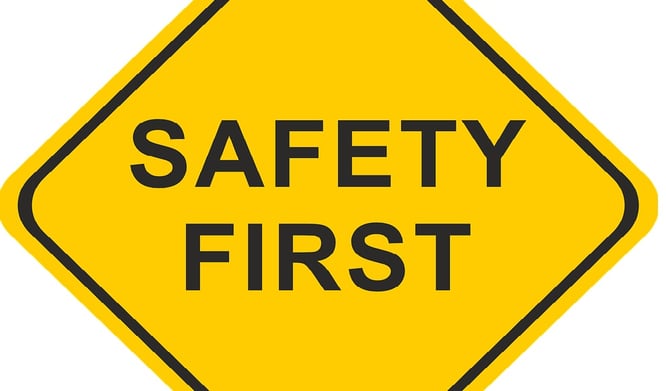Management, including both corporate management as well as fleet managers of companies that have driving as one of their primary activities, do not consistently see safety as a top priority. While most appreciate that fleet safety should indeed be a top concern and some managers actually appear genuinely concerned and engaged, how often do words translate into action?

More and more fleets are seeing increasing accident rates where the primary cause seems to be distraction; and accidents incur significant fleet costs, notwithstanding the most important costs in human terms: the potential fatalities, injuries and complications to drivers and other road users... The rate of fleet accidents is definitely controllable; and this is also an opportune area in which to cut costs. Companies’ liability is certainly getting increasing exposure; this is precisely why safety is starting to demand greater attention.
Are you really doing everything you can to make safety a priority in your business? Have a look at these points and see if there is room for improvement:
1 - Focus on drivers’ safety and not on the incidents
There are a number of road accident management programs that mainly focus on reducing repair costs rather than the probability of vehicles collisions or other related incidents. Such programs are very effective at allocating resources/increasing savings, but not in improving drivers and employees’ safety. Are you doing enough to train your drivers to operate vehicles safely? Does safety have precedence over costs? In order to have an effective safety programme you need to focus on the drivers and not on the events.
2 - Do the right thing
Making fleet safety THE priority is simply the right thing to do. You have a duty to ensure the safety of not only your employees, but also the public with whom they interact. Your action (or inaction) can be the difference between preventing or contributing to a family tragedy—other than simply a moral imperative, it is also a legal one!
3 - Set up an accident reviews committee
Reviewing each accident in order to determine the possibility of imposing company penalties for violations, as well as implementing post-incident training for drivers, is surely something to consider as well as incorporating a risk management program. Make sure the committee includes human resources, a representative from the drivers, and somebody who oversees the company’s legal aspects.
4 - Make sure communication is efficient
Ensure the safety program is made public throughout the company and you set up rules on exactly how it will be communicated to drivers, their managers, and senior managers within the drivers' department. The safety message must be repeated often enough by the fleet manager as well as drivers' managers.
5 - Make use of technology for tracking data and reporting events and driving behaviour
The implementation of telematics software solutions provide an excellent boost for your fleet safety, as you can not only detect dangerous driving habits but also secure insurance discounts and decrease the costs in injuries and downtime… Want to know more? Just let us know and schedule a free demo...



